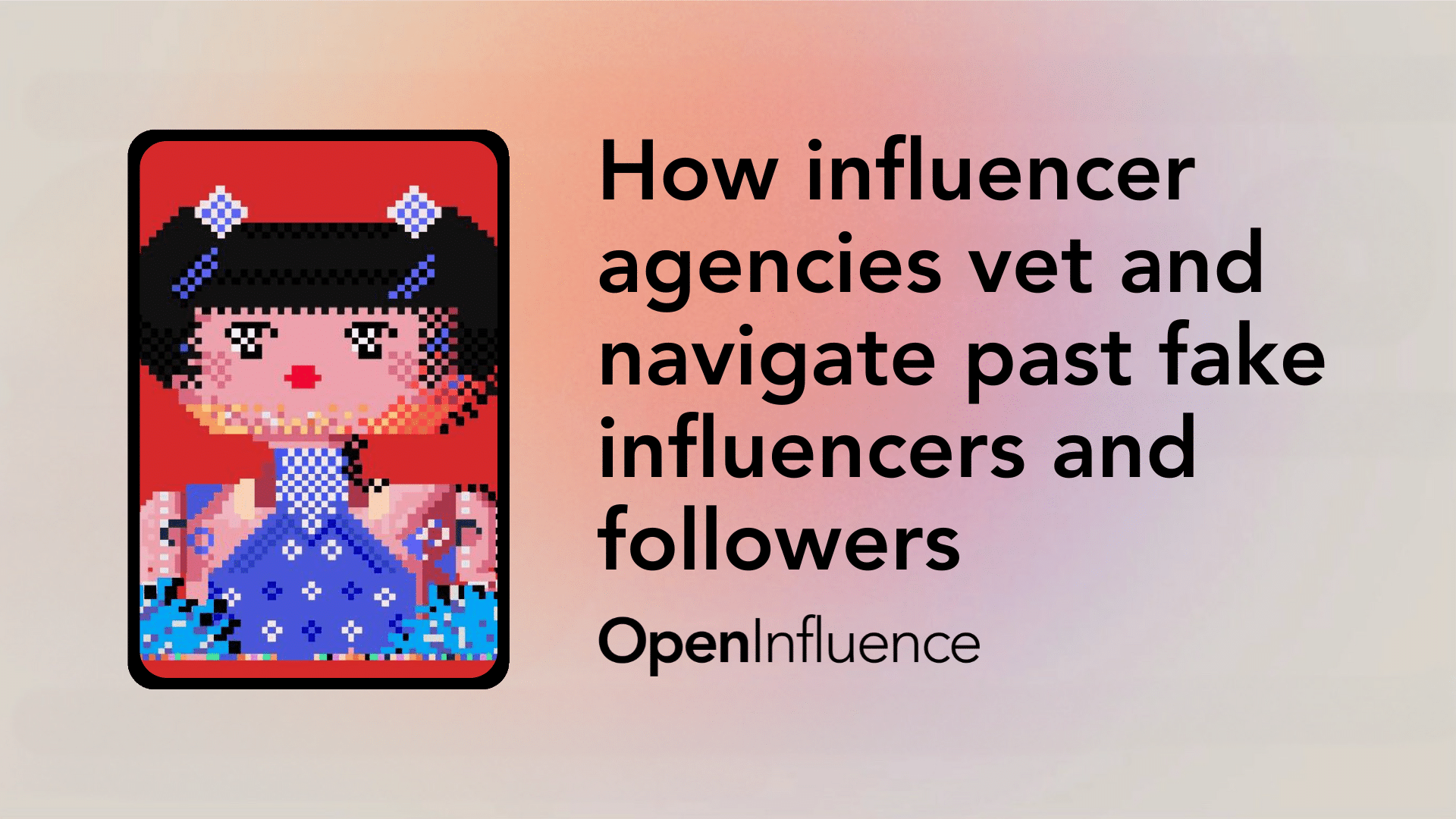With the rise of virtual influencers and generative artificial intelligence content creeping into the influencer world, it can get complicated for influencer agencies to navigate partnerships and verify the authenticity of their followings and engagement metrics those influencers claim to attract.
Not helping matters, a number of social media services, including Viralyft and Twicsy, sell followers, likes or views directly to creators and businesses wanting to boost their clout. Some of that traffic is made up of bots.
So how do agencies know what’s real?
In 2021, 49% of all Instagram influencers worldwide had used fake followers at some point, per analytics platform HypeAuditor. The fake following issue was estimated to cost brands some $1.3 billion in 2019 — not a ton of money, but still substantive for what then was a still-nascent business.
More than anything, agencies say it is important for the health of relationships between brand and creator to develop a clear-cut strategy as the space evolves. James Brownstein, founder and general manager at influencer agency Poster Child, said the agency does not rely on using services to boost their creators. Doing so, in his mind, threatens the influencer marketing industry.
Vetting process
Joey Chowaiki, COO and co-founder of creator marketing firm Open Influence, said part of the verification process involves audience and engagement authenticity scores. Open Influence uses first-party data in the vetting period to decide whether to work with a creator, and continues monitoring average impression rates and reach of their content.
“If an influencer’s posts consistently show very low engagement compared to their follower count, it raises a red flag about the authenticity of their followers,” Chowaiki added. “On the flip side, we also look for suspicious metrics, such as likes and comments exceeding post impressions, indicating engagements may have been inflated with a service.”
Read more here.

